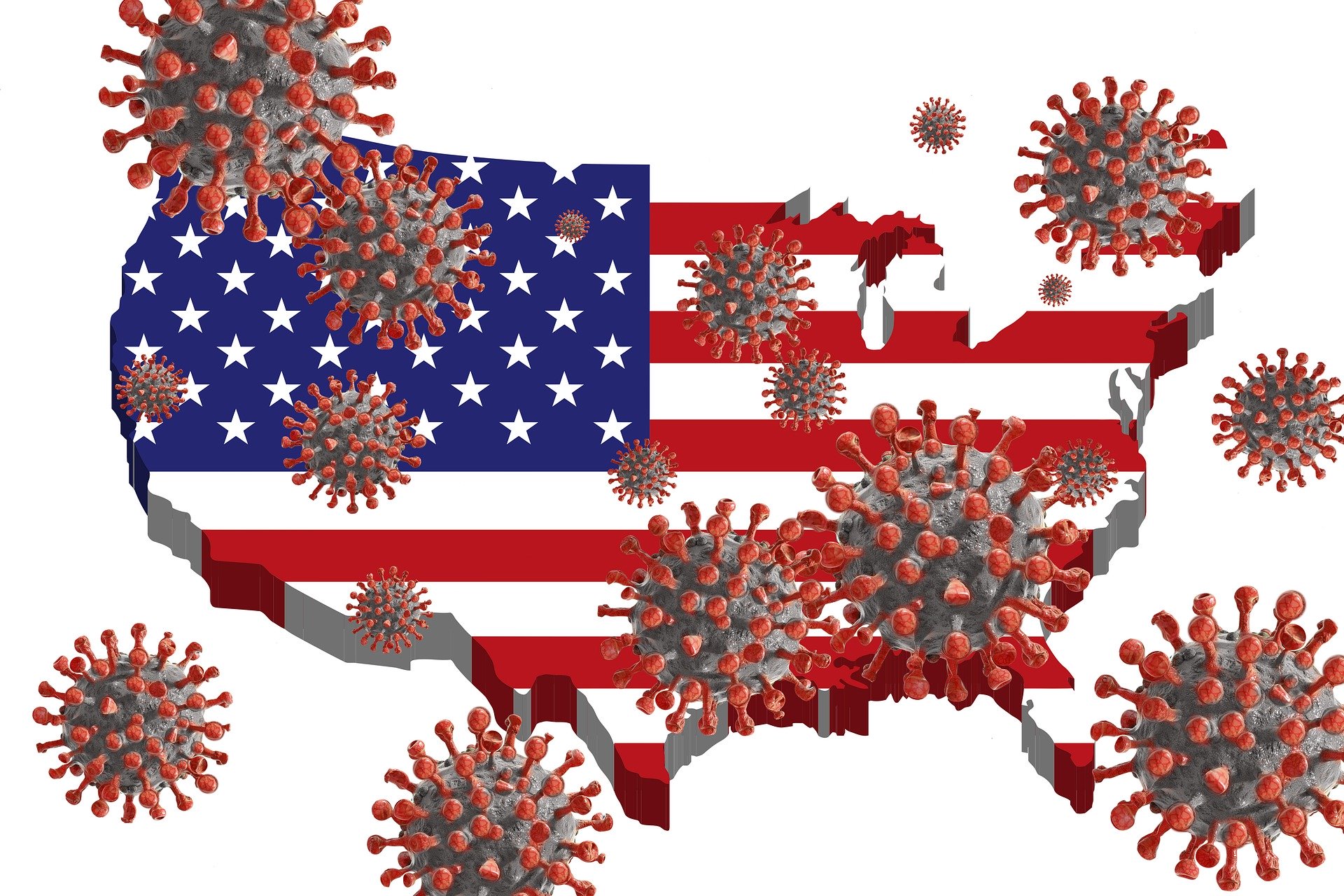Businesses must take prudent measures of precaution when considering how they will reopen their offices and consider the safety of associates and customers.
America is taking a slow and measured approach to reopening after thousands of non-essentials businesses were forced to close in March due to the coronavirus pandemic. As the severity of the coronavirus became known, many states issued stay at home and shelter in place orders which forced offices to close or adapt operations to a remote capacity so that employees could work from home.
America Gets Back to Work
As many states report fewer and fewer new cases each day, governors are working with legislators to terminate stay at home orders, and are slowly allowing businesses to reopen again.
As this takes place, businesses are reevaluating what the new American office environment will look like and make changes to comply with federal guidelines, CDC guidelines, as well as state and local requirements. Enhancing safety is of paramount importance.
Reducing Employee and Customer Risk
As businesses reopen, they must consider the concerns fo their customers and employees. Businesses can take steps now to mitigate their risk.
According to the Center for Disease Control, hand hygiene alone can play an important part in the response to the spread of COVID-19, but there are many things that employees can do to enhance workplace and worker safety.
Office Do’s
1. Do following state guidelines for employees’ evaluations, assessment and record keeping upon arrival to work to evaluate COVID-19 risk
2. Do maintain employee confidentiality if COVID risk or illness is presented
3. Do require and remind employees to wash their hands upon arrival and frequently throughout the day
4. Do implement new office hygiene and sanitation protocol
5. Do disinfect high contact surfaces multiple times a day
6. Do stock up and supply sanitizer wipes employees can access throughout the day.
7. Do install sanitizer stands for employee safety strategically in high traffic and high touch areas
8. Do ensure that sanitizing products are restocked regularly
9. Do ensure that hand washing stations are restocked daily
10. Do hang informational signage throughout the office to remind people of the importance of hand washing and hygiene and proper methods. The CDC recommends washing with warm water and soap for a minimum of 20 seconds or using an alcohol based hand rub
11. Do prepare and distribute a return to work memorandum or company policy addendum to inform employees of COVID-19 accommodations being implemented
12. Do reorganize offices to maintain the recommended six feet social distancing between associates
13. Do install hanging shields or countertop cashier-style shields between associates to reduce potential transmission if unable to reorganize offices
14. Do require personal protective equipment like gloves and face masks as appropriate to the work environment
15. Do update operations protocols and processes to make them “contact-free”
16. Do cut back on amenities and perks such as water coolers and coffee which can create the risk for high contact surfaces and spaces

Office Don’ts
1. Don’t allow employees to come to work if they exhibit any COVID-19 symptoms
2. Don’t reveal the name of employees who may be sick or who have been diagnosed with COVID-19
3. Don’t allow for shared workspaces
4. Don’t let hand wash stations go empty
5. Don’t let sanitizing gels, wipes or any other supplies go empty
6. Don’t allow visitors into the office without pre-approval
7. Don’t keep the company break room open
Businesses must take prudent measures of precaution when considering how they will reopen their offices and consider the safety of associates and customers. The law firm Gibson & Gunn offers this assertion:
“The best factual defense to any potential employee or class action lawsuit alleging claims related to COVID-19 exposure is to develop appropriate procedures to address the risk of COVID-19 in the workplace, paying attention to applicable guidance from OSHA, the CDC, and state or local officials. Such preventative steps may help evidence that an employer satisfied any alleged duty of reasonable care, and may also help discourage lawsuits seeking prospective relief. Moreover, alleged failures to address COVID-19-related risks can subject employers to scrutiny by regulators.
In addition to the steps listed above, businesses should amend policies and procedures to specifically address COVID-19, and work with their liability and workers compensation insurance providers and attorneys to ensure that other protocols are in place to manage COVID-19 risk for the organization.


Join the conversation!